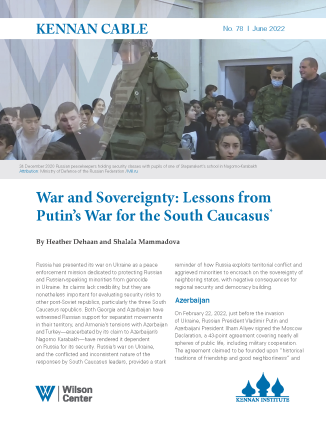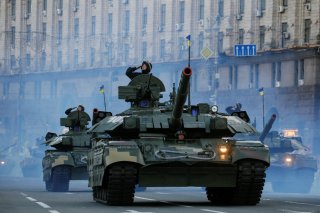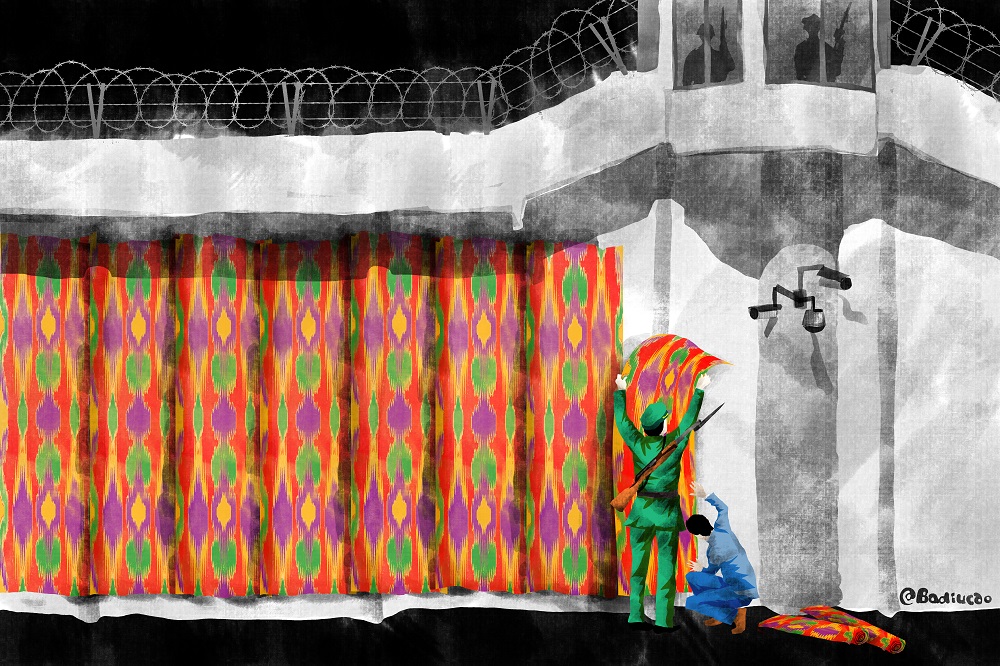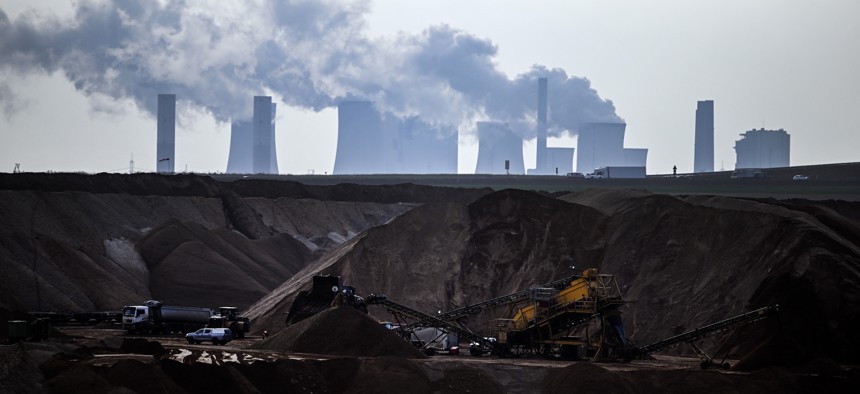IFIMES
The European Union’s treats Western Balkans states as a wicked stepmother. While this has not significantly changed even after the Russian invasion on Ukraine, it did triggered a fundamental debate on whether the EU wants at all to admit the remaining six Western Balkan countries (Serbia, North Macedonia, Albania, Montenegro, Bosnia and Herzegovina and Kosovo) to full-fledged membership. If the EU would have an intent to admit the listed countries to its membership, the question to be asked is how it could do that. Namely, 19 years have passed since the adoption of the Thessaloniki agenda for the Western Balkans, which envisaged membership of the Western Balkan countries in the EU. Other than the promises about European perspective of the respective countries, nothing concrete has happened with respect to their membership in the EU.
In the meantime, the fact that Ukraine and Moldova were given candidate status just three months after they had submitted their membership application with the EU, caused major disappointment on their part. While North Macedonia and Albania are still waiting for the beginning of the talks with the EU due to the blockade imposed by Bulgaria, which is “taking it out on” North Macedonia by factually negating the existence of Macedonia as a state, its people, identity and language. In fact, the Bulgarian parliament adopted a new decision “unblocking” the start of talks between the EU and North Macedonia, which includes requirements that are unacceptable for North Macedonia. Bearing in mind its text, the decision of the Bulgarian Parliament, which is unacceptable for North Macedonia, factually imposes an even more specific blockade. Unfortunately, all this is happening under the “spotlights” and is greeted with applause by the EU. Bulgaria and North Macedonia should use the upcoming period to find a compromise agreement that would unblock the process of the commencement of talks with the EU in line with the solution proposed by French President Emmanuel Macron.
 A new tsunami of triumphalism is sweeping across Western capitals, particularly in Washington and London. The illegal Russian invasion of Ukraine has been thwarted. The Ukrainians are putting up a glorious fight to defend their freedom. A new solidarity has been forged between America and Europe. The joint Western sanctions have crippled and isolated the Russian economy. Surely China is quaking in its boots at the thought of similar sanctions being imposed on it.
A new tsunami of triumphalism is sweeping across Western capitals, particularly in Washington and London. The illegal Russian invasion of Ukraine has been thwarted. The Ukrainians are putting up a glorious fight to defend their freedom. A new solidarity has been forged between America and Europe. The joint Western sanctions have crippled and isolated the Russian economy. Surely China is quaking in its boots at the thought of similar sanctions being imposed on it.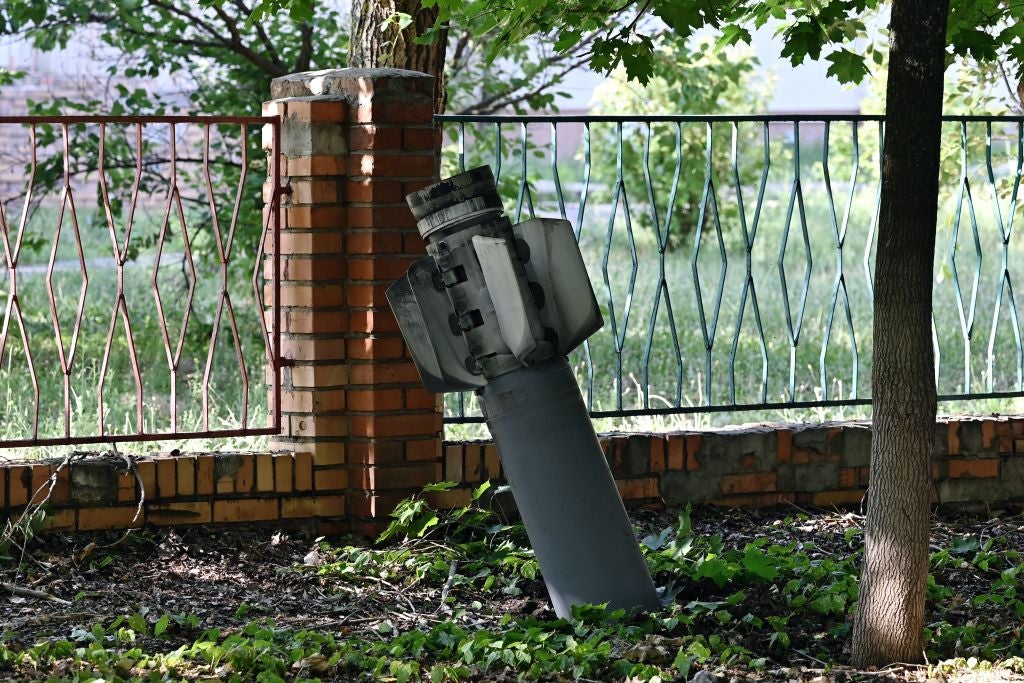
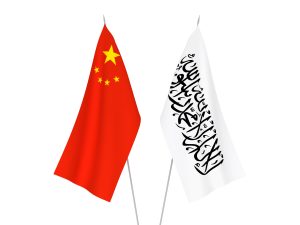

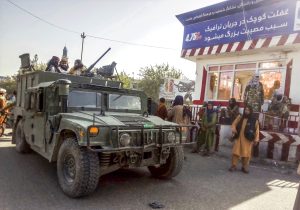
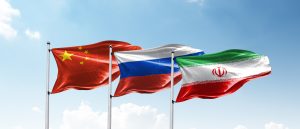




:quality(70)/cloudfront-us-east-1.images.arcpublishing.com/mco/MNTBWJP2JRBIRGROYFZFOEBMVU.png)
